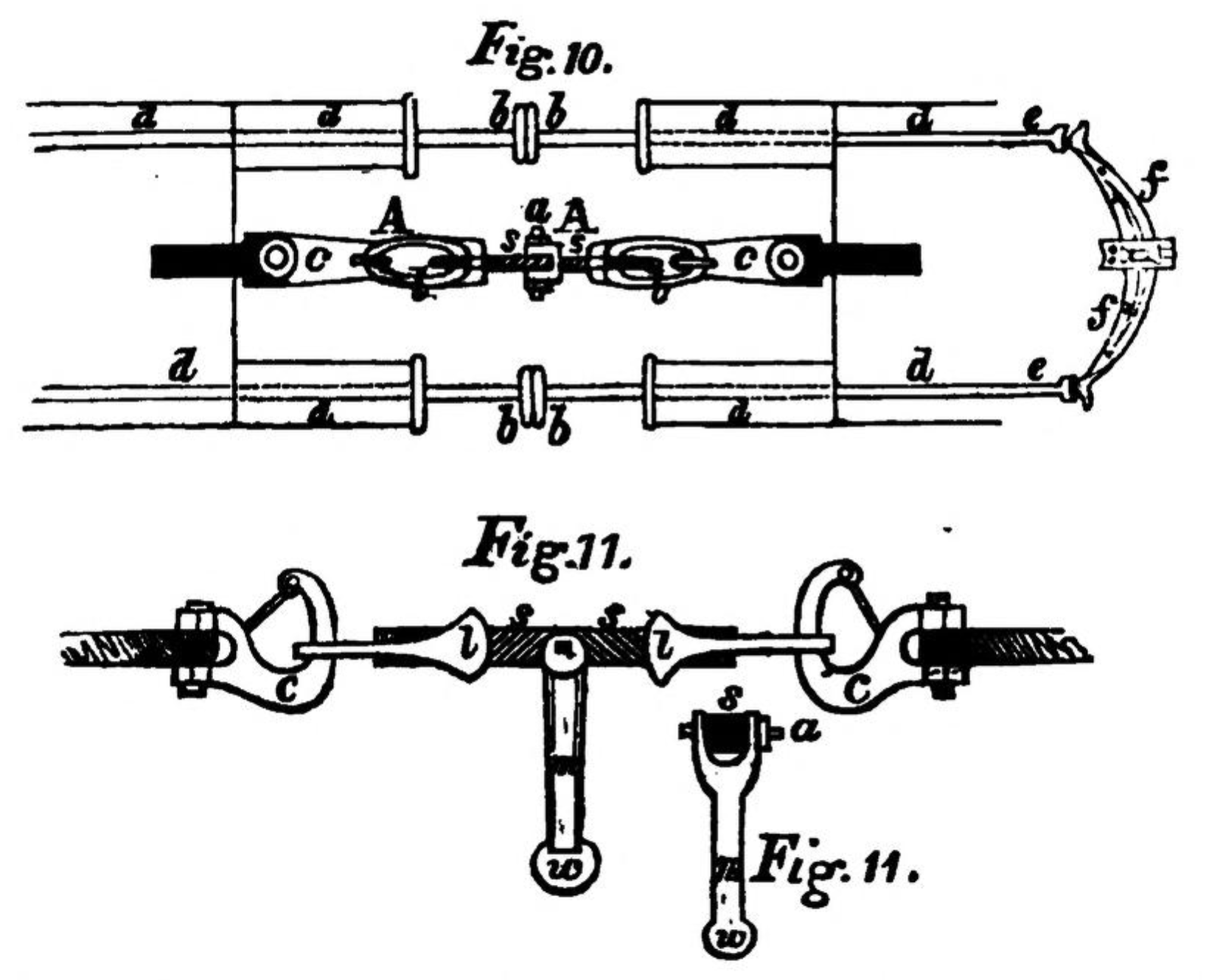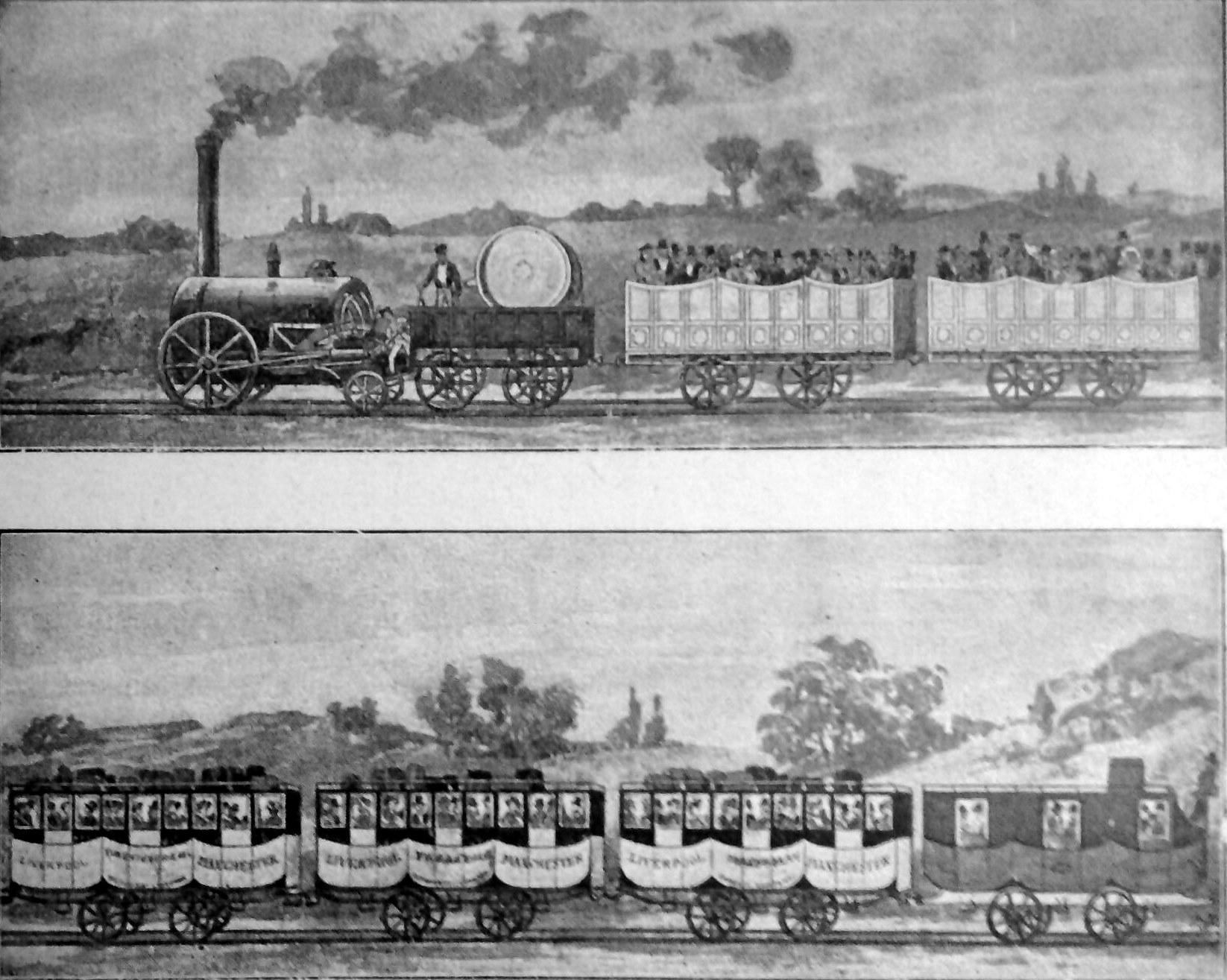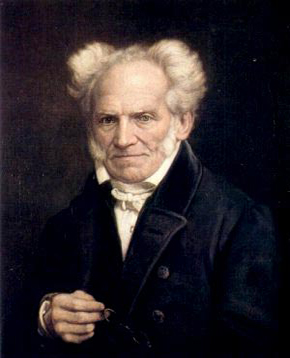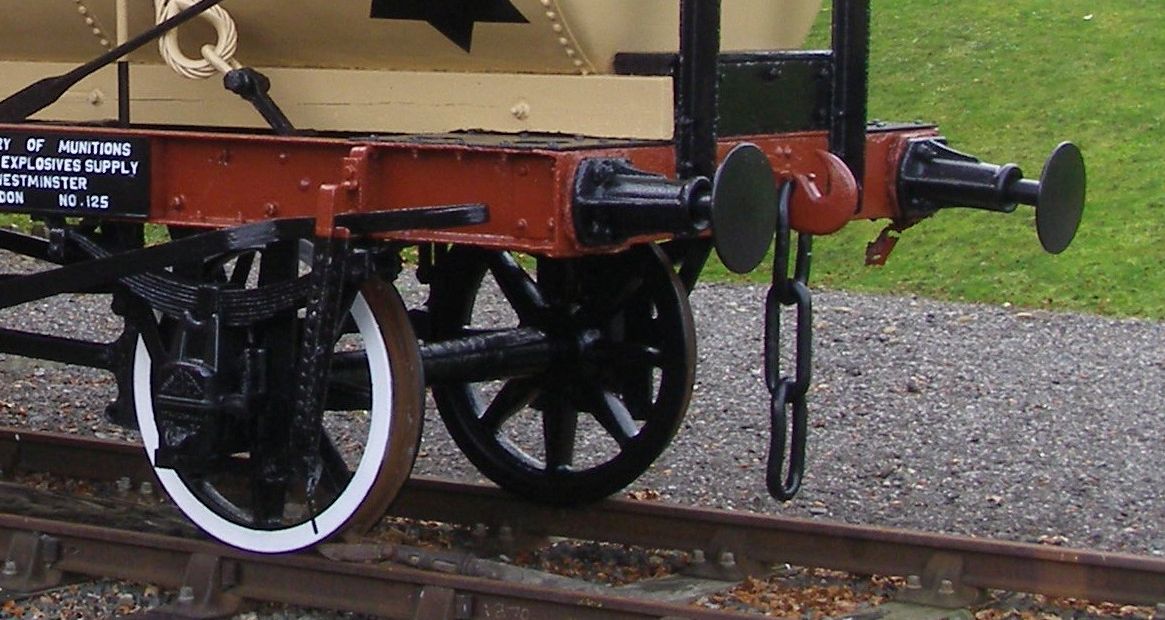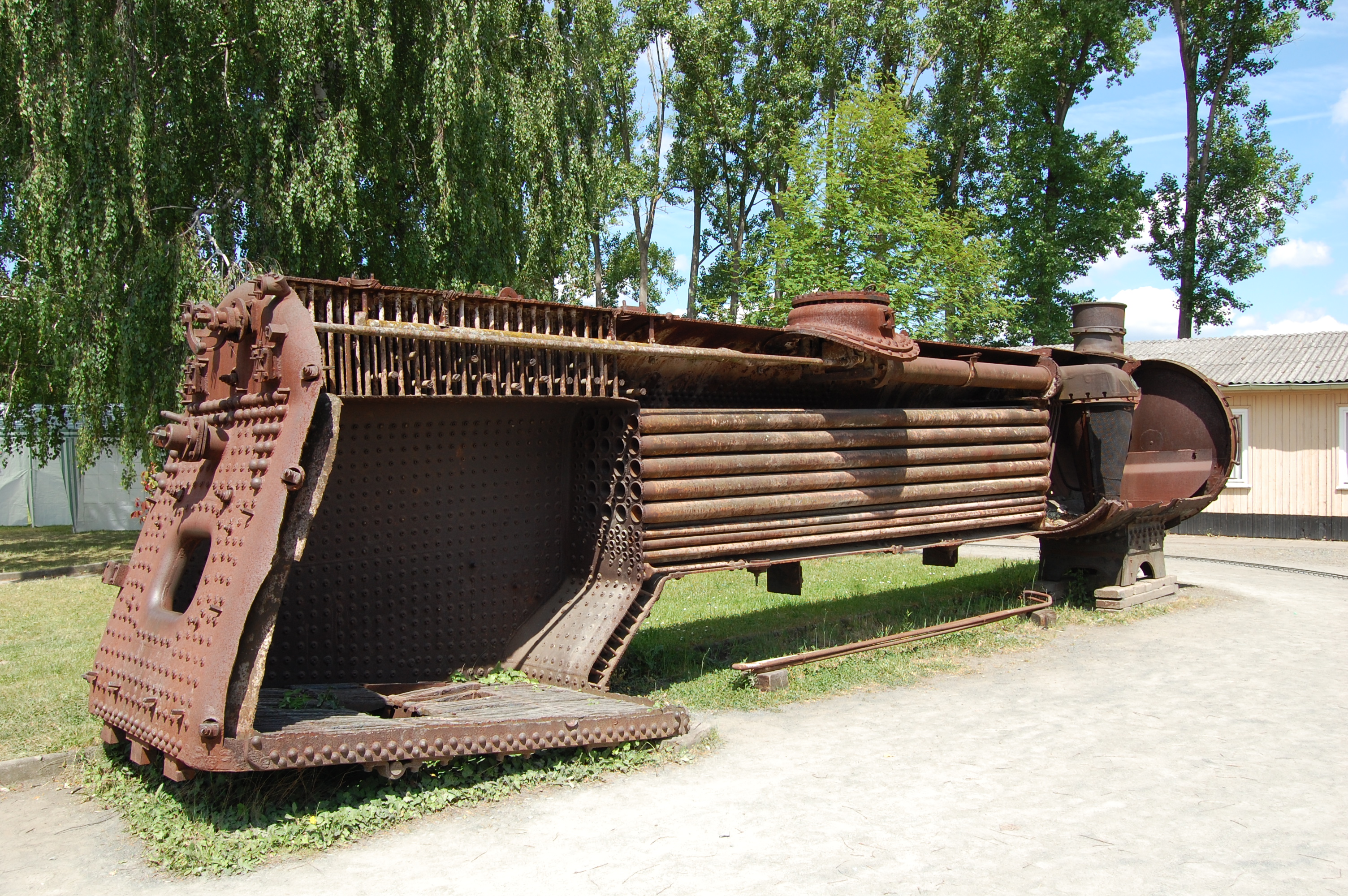|
Henry Booth
Henry Booth (4 April 1788 – 28 March 1869) was a British corn merchant, businessman and engineer particularly known as one of the key people behind the construction and management of the pioneering Liverpool and Manchester Railway (L&M), the world's first steam railway conducting both scheduled passenger services and freight. Biography Henry Booth was born in Rodney Street, Liverpool, Rodney Street, Liverpool, England, a descendant of the Booths of Twemlow. His father, Thomas, was the son of a yeoman farmer of Orford, Cheshire. Thomas and his brother George apprenticed to corn merchant Dobson in 1767, and 1774 began business as corn factors on the own account at 17 King Street, Liverpool. As eldest son, it was expected Henry would follow his father in that business and was sent to a Dr. Shepherd, a Presbyterian minister in the nearby village of Gateacre for instruction. He showed an aptitude for reading books, poetry, practical mechanics and was noted for a good eye for ... [...More Info...] [...Related Items...] OR: [Wikipedia] [Google] [Baidu] |
Liverpool And Manchester Railway
The Liverpool and Manchester Railway (L&MR) was the first inter-city railway in the world. It Opening of the Liverpool and Manchester Railway, opened on 15 September 1830 between the Lancashire towns of Liverpool and Manchester in England. It was also the first railway to rely exclusively on locomotives driven by Steam engine, steam power, with no Horsecar, horse-drawn traffic permitted at any time; the first to be entirely double track throughout its length; the first to have a true Railway signalling, signalling system; the first to be fully Public transport timetable, timetabled; and the first to carry mail. Trains were hauled by company steam locomotives between the two towns, though private wagons and carriages were allowed. Cable railway, Cable haulage of freight trains was down the steeply-graded Wapping Tunnel to Liverpool Docks from Edge Hill junction. The railway was primarily built to provide faster transport of raw materials, finished goods, and passengers between ... [...More Info...] [...Related Items...] OR: [Wikipedia] [Google] [Baidu] |
Hetton Colliery Railway
The Hetton colliery railway was an long private railway opened in 1822 by the Hetton Coal Company at Hetton-le-Hole, County Durham, England. The Hetton was the first railway to be designed from the start to be operated without animal power, as well as being the first entirely new line to be developed by the pioneering railway engineer George Stephenson. As originally built, the Hetton colliery railway ran between Hetton Colliery, which was roughly south of Houghton-le-Spring, and a staithe (wharf) on the River Wear, from where the coal was conveyed further by boat. By its closure in 1959, it was recognised as being the oldest mineral railway in Great Britain. History Background At the beginning of the 19th century, Hetton was a very small village, located about 3.2 km south of Houghton-le-Spring. By this time, it was already recognised as being on the edge of an exposed area of coal which covered parts of Northumberland and County Durham; this motivated local landow ... [...More Info...] [...Related Items...] OR: [Wikipedia] [Google] [Baidu] |
1788 Births
Events January–March * January 1 – The first edition of ''The Times'', previously ''The Daily Universal Register'', is published in London. * January 2 – Georgia ratifies the United States Constitution, and becomes the fourth U.S. state under the new government. * January 9 – Connecticut ratifies the United States Constitution, and becomes the fifth U.S. state. * January 18 – The leading ship (armed tender HMS ''Supply'') in Captain Arthur Phillip's First Fleet arrives at Botany Bay, to colonise Australia. * January 22 – The Congress of the Confederation, effectively a caretaker government until the United States Constitution can be ratified by at least nine of the 13 states, elects Cyrus Griffin as its last president.''Harper's Encyclopaedia of United States History from 458 A. D. to 1909'', ed. by Benson John Lossing and, Woodrow Wilson (Harper & Brothers, 1910) p167 * January 24 – The La Perouse expedition in the ''Astrolabe'' and '' Boussole'' arrives ... [...More Info...] [...Related Items...] OR: [Wikipedia] [Google] [Baidu] |
St George's Hall, Liverpool
St George's Hall is a building on St George's Place, opposite Liverpool Lime Street railway station, Lime Street railway station in Liverpool city centre, the centre of Liverpool, England. Opened in 1854, it is a Neoclassical architecture, Neoclassical building which contains concert halls and law courts, and is recorded in the National Heritage List for England as a designated Grade I Listed building#England and Wales, listed building. On the east side of the hall, between it and the railway station, is St George's Plateau and on the west side are St John's Gardens, Liverpool, St John's Gardens. The hall is included in the William Brown Street conservation area. In 1969 the architectural historian Nikolaus Pevsner expressed his opinion that it is one of the finest Greek Revival, neo-Grecian buildings in the world, although the building is known for its use of Roman architecture, Roman sources as well as Greek. In 2004, the hall and its surrounding area were recognised ... [...More Info...] [...Related Items...] OR: [Wikipedia] [Google] [Baidu] |
Buffers And Chain Coupler
Buffers and chain couplers (or couplings) – also known as "buffers and screw", "screw", and "screwlink" – are the de facto International Union of Railways (UIC) standard railway coupling used in the EU and UK, and on some railways in other parts of the world, such as in South America and India, on older rolling stock. Buffers and chain couplers are an assembly of several devices: buffers, hooks and links, or turnbuckle screws. On the modern version of the couplers, rail vehicles are mated by manually connecting the end link of one chain which incorporates a turnbuckle screw into the towing hook of the other wagon, drawing together and slightly compressing the Buffer (rail transport), buffer pairs, one left and one right on each headstock. That limits slack, and lessens Shunting (rail), shunting shocks in moving trains. By contrast, vehicles fitted with the semi-automatic Janney coupler, Janney Type E coupler can experience significant jarring during mating and shunting. V ... [...More Info...] [...Related Items...] OR: [Wikipedia] [Google] [Baidu] |
London & North Western Railway
The London and North Western Railway (LNWR, L&NWR) was a British railway company between 1846 and 1922. In the late 19th century, the LNWR was the largest joint stock company in the world. Dubbed the "Premier Line", the LNWR's main line connected four of the largest cities in England; London, Birmingham, Manchester and Liverpool, and, through cooperation with their Scottish partners, the Caledonian Railway also connected Scotland's largest cities of Glasgow and Edinburgh. Today this route is known as the West Coast Main Line. The LNWR's network also extended into Wales and Yorkshire. In 1923, it became a constituent of the London, Midland and Scottish (LMS) railway, and, in 1948, the London Midland Region of British Railways. History The company was formed on 16 July 1846 by the ( 9 & 10 Vict. c. cciv), which authorised the amalgamation of the Grand Junction Railway, London and Birmingham Railway and the Manchester and Birmingham Railway. This move was prompted, in pa ... [...More Info...] [...Related Items...] OR: [Wikipedia] [Google] [Baidu] |
Henry Booth Memorial, Ullet Road Church
Henry may refer to: People and fictional characters * Henry (given name), including lists of people and fictional characters * Henry (surname) * Henry, a stage name of François-Louis Henry (1786–1855), French baritone Arts and entertainment * ''Henry'' (2011 film), a Canadian short film * ''Henry'' (2015 film), a virtual reality film * '' Henry: Portrait of a Serial Killer'', a 1986 American crime film * ''Henry'' (comics), an American comic strip created in 1932 by Carl Anderson * "Henry", a song by New Riders of the Purple Sage Places Antarctica * Henry Bay, Wilkes Land Australia *Henry River (New South Wales) *Henry River (Western Australia) Canada * Henry Lake (Vancouver Island), British Columbia * Henry Lake (Halifax County), Nova Scotia * Henry Lake (District of Chester), Nova Scotia New Zealand * Lake Henry (New Zealand) * Henry River (New Zealand) United States * Henry, Illinois * Henry, Indiana * Henry, Nebraska * Henry, South Dakota * Henry County (disambigu ... [...More Info...] [...Related Items...] OR: [Wikipedia] [Google] [Baidu] |
Marc Seguin
Marc Seguin (20 April 1786 – 24 February 1875) was a French engineer, inventor of the wire-Wire rope, cable suspension bridge and the multi-tubular steam-engine firetube boiler, boiler. Early life Seguin was born in Annonay, Ardèche to Marc François Seguin (1757–1832), the founder of Seguin & Co., and Thérèse-Augustine de Montgolfier (1764–1843), a niece of the pioneer hot air balloonist Joseph Montgolfier. Career Bridges Seguin was an inventor and entrepreneur who developed the first suspension bridge in continental Europe. He built and administered 186 toll-bridges throughout France. At the 1823 Exposition des produits de l'industrie française a model was exhibited of a planned suspension bridge which would span the Rhône from Tain-l'Hermitage to Tournon-sur-Rhône. The bridge, designed by Seguin, was completed in 1825. Steam locomotives Shortly after the Stockton and Darlington Railway in England opened (1825) he visited it and observed George Stephenson' ... [...More Info...] [...Related Items...] OR: [Wikipedia] [Google] [Baidu] |
Fire-tube Boiler
A fire-tube boiler is a type of boiler invented in 1828 by Marc Seguin, in which hot gases pass from a fire through one or more tubes running through a sealed container of water. The heat of the gases is transferred through the walls of the tubes by thermal conduction, heating the water and ultimately creating steam. The fire-tube boiler developed as the third of the four major historical types of boilers: low-pressure tank or " haystack" boilers, flued boilers with one or two large flues, fire-tube boilers with many small tubes, and high-pressure water-tube boilers. Their advantage over flued boilers with a single large flue is that the many small tubes offer far greater heating surface area for the same overall boiler volume. The general construction is as a tank of water penetrated by tubes that carry the hot flue gases from the fire. The tank is usually cylindrical for the most part—being the strongest practical shape for a pressurized container—and this cylindrical ... [...More Info...] [...Related Items...] OR: [Wikipedia] [Google] [Baidu] |
Stephenson's Rocket
Stephenson's ''Rocket'' is an early steam locomotive of 0-2-2 wheel arrangement. It was built for and won the Rainhill Trials of the Liverpool and Manchester Railway (L&MR), held in October 1829 to show that improved locomotives would be more efficient than stationary steam engines. ''Rocket'' was designed and built by Robert Stephenson in 1829, and built at the Forth Street Works of his company in Newcastle upon Tyne. Though ''Rocket'' was not the first steam locomotive, it was the first to bring together several innovations that produced the most advanced locomotive of its day. It is the most famous example of an evolving design of locomotives by Stephenson, and became the template for most steam engines in the following 150 years. The locomotive was displayed in the Science Museum in London until 2018, after which it was briefly exhibited at sites around the UK, ultimately at National Railway Museum in York. Since 2023, it has been based at the Locomotion Museum in ... [...More Info...] [...Related Items...] OR: [Wikipedia] [Google] [Baidu] |
